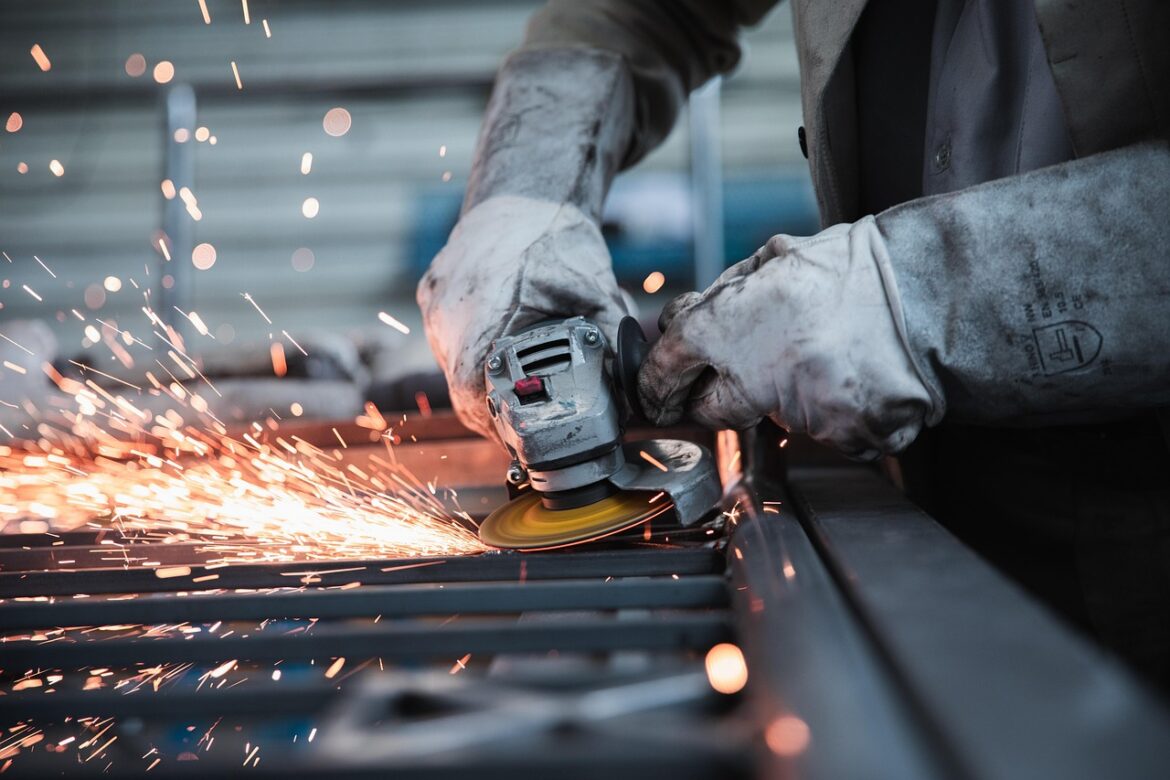Introduction: The Digital Transformation Wave
Imagine walking into a factory where machines whisper to each other, optimizing production in real-time. This isn’t a scene from a futuristic movie; it’s the current reality in many manufacturing plants thanks to digital transformation. With technologies like AI, IoT, and digital twins, factories are transforming into smart, efficient operations. In this article, we’ll dive into some of the most compelling trends and stories that illustrate this shift towards a digital manufacturing era.
The Power of Digital Manufacturing Systems
Companies like Unilever are leading this change by adopting platforms that blend traditional manufacturing excellence with cutting-edge digital tools. For instance, Unilever’s Manufacturing System (UMS) isn’t just a software suite; it’s a strategic shift that enhances factory productivity, simplifies operations, and aligns them with sustainability goals. UMS has been implemented across 124 factories, resulting in significant improvements in efficiency and cost savings.
Technical Innovation: The Heart of Smart Manufacturing
Manufacturing technology isn’t just about hardware; it’s increasingly about software and data-driven decisions. The industry is witnessing a surge in the use of AI for performance analytics, demand forecasting, and logistics optimization. Events like Smart Manufacturing Week 2025 highlight these evolving trends, focusing on how data analytics, AI, and machine learning are revolutionizing production processes.
Examples of AI in Action
-
Toyota: Embedding computer vision in manufacturing to increase efficiency and safety, using AI tools that operate offline to enhance production processes.
-
General Electric (GE): Utilizing AI to speed up design times for complex machinery, allowing engineers to analyze millions of design variations in minutes rather than months.
Trends in Digital Manufacturing
Here are some of the most trending aspects of digital transformation in manufacturing today:
1. Consumer Demands: Using real-time analytics to adjust production based on consumer preferences, ensuring that products are tailored to evolving needs.
2. Technological Advancements: Implementing cloud-based solutions and IoT sensors to monitor equipment health and optimize maintenance schedules efficiently.
3. Generational Workforce Changes: Investing in digital skills training and mentorship programs to bridge the gap between traditional and digital expertise within the workforce.
Future-Proofing with Digital Transformation
Digital transformation isn’t just about efficiency; it’s also about resilience. Technologies like digital twins and simulation modeling help manufacturers prepare for disruptions by creating virtual models of their operations and supply chains. This allows them to anticipate and respond to challenges more effectively, ensuring continuity in an unpredictable market.
Conclusion: Embracing the Digital Leap
The shift towards digital transformation in manufacturing isn’t optional; it’s a necessity for survival and growth in today’s competitive landscape. As companies continue to integrate AI, IoT, and other innovations, we can expect even more exciting developments that redefine what it means to be productive and sustainable in this sector.
References:
- https://businessfacilities.com/advanced-manufacturing-a-new-era-of-production/
- https://www.unilever.com/news/news-search/2025/new-digital-manufacturing-system-unlocks-factory-productivity/
- https://cloud.google.com/transform/101-real-world-generative-ai-use-cases-from-industry-leaders
- https://pwemag.co.uk/news/fullstory.php/aid/6190/The_future_of_manufacturing__96_Smart_Manufacturing_Week_2025.html
- https://shoplogix.com/three-shifts-in-digital-manufacturing/
- https://jack-clark.net
- https://www.simio.com/applying-digital-transformation-future-proof-manufacturing-facility-disruptions/
- https://litslink.com/blog/ai-in-the-manufacturing-industry-benefits-use-cases-and-success-stories



